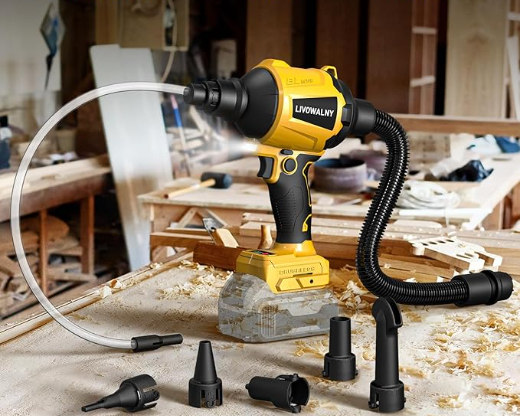
HOW TO CHOOSE A GOOD POWER INVERTER: KNOWING THE KEY POINTS FOR AVOIDING PITFALLS
The power inverter plays an role in converting and regulating power, ensuring the safe and efficient operation of various electrical devices and systems.Thus, how to choose a good power inverter offering long-term performance is crucial. Here's a detailed guide on how to choose the right inverter for your application.

What Is a Power Inverter and How Does It Work?
A power inverter converts direct current (DC) from sources like car batteries or solar panels into alternating current (AC), which most household devices use. This lets you power AC devices where no regular outlet is available. To use an inverter, simply connect it to a DC power source. The inverter changes the DC into AC, and you can plug your devices into its outlets like a standard wall socket. Some inverters also have USB ports for charging small electronics like phones.
Factors to Consider for a Portable Power Inverter.-
Connection Ports
Connection ports on a power inverter determine how many devices you can power simultaneously, what types of devices can be connected, and how efficiently you can use your power inverter in different scenarios. Ensure that the inverter you choose has:
AC output port: Look for the model with AC output port, especially if you plan on powering more than one device at the same time.
Dual USB ports: High-quality inverters often come with double USB ports for charging smartphones, tablets, and other portable devices.
Type-C output: A Type-C output featuring with fast charging and good compatibility support users connecting various devices featuring with fast charging and good compatibility. -
Additional Features
LED light: Choosing inverter with LED light helps you use it conveniently in dark environment.
Smart fan control: The inverter comes with fan can control the temperate only when needed to minimize noise. -
Battery Compatibility:
Ensure that the inverter is compatible with the type of battery you are using, whether it's a car battery, deep cycle battery, or a dedicated portable power source. The battery should be able to provide the stable current required by the inverter to avoid performance degradation or mulfunctions of the inverter caused by current fluctuations. -
Safety Features
Look for models with comprehensive safety features: Overload Protection, Overheat Protection, Low Voltage/Over Voltage Protection and Short Circuit Protection. These protection ensures that the inverter can operate safely and stably under any conditions. In the meantime, they can prevent your devices being damaged. -
Portability and Design
Choose an inverter that fits the available space and is easy to move if needed. Compact and lightweight designs are ideal for mobile setups like cars, RVs, or camping. -
Well-known Brands:
Opting for a well-known brand ensures consistent quality for your power inverter needs. Let’s take a look at some of the top options:Milwaukee M18 Battery 200W Power Inverter: known for their rugged construction, making them ideal for use on job sites or in tough outdoor environments. These inverters often come with multiple outlets, so you can power several devices simultaneously.
Dewalt 20V Battery 200W Power Inverter: Built with high efficiency in mind, making them a good choice for users who need a reliable, long-lasting power solution. Dewalt inverters often feature built-in USB ports, providing extra convenience for charging smaller devices.
Makita 18V Battery 200W Power Inverter: Ideal for camping or outdoor work, where portability is key. They tend to operate quietly and are energy-efficient, which is essential when you need to conserve battery life.Understanding what is a power inverter and how to use it will help you select the right one for your needs. If you're looking for a portable power inverter to run high-demand equipment, it's important to consider the connection ports, compatibility, and safety features, brands and so on. By considering your specific power requirements and the inverter's features, you can ensure that you have a dependable source of power whenever you need it.






